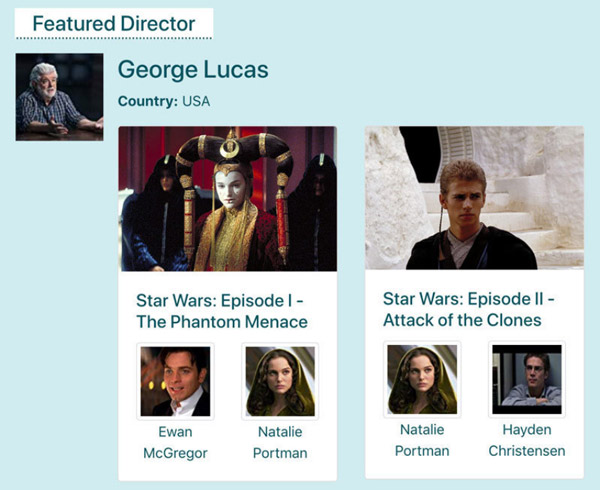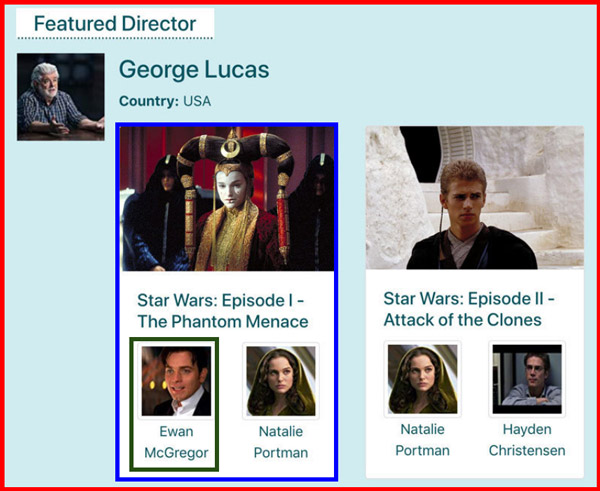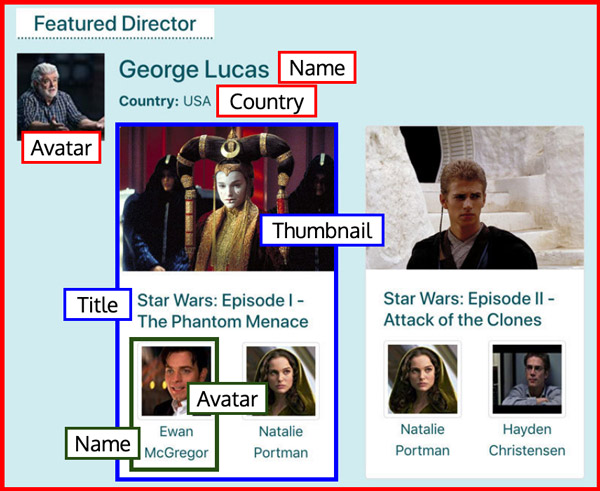Using components instead of graphs
Gato GraphQL does not use graphs to represent the data model. Instead, it uses components.
This is not an unexpected approach. Under title Thinking in Graphs, the GraphQL project states (emphasis added):
Graphs are powerful tools for modeling many real-world phenomena because they resemble our natural mental models and verbal descriptions of the underlying process. With GraphQL, you model your business domain as a graph by defining a schema; within your schema, you define different types of nodes and how they connect/relate to one another. On the client, this creates a pattern similar to Object-Oriented Programming: types that reference other types. On the server, since GraphQL only defines the interface, you have the freedom to use it with any backend (new or legacy!).
The takeaway from this definition is the following:
Even though the response has the shape of a graph, this doesn't mean that data is actually represented as a graph when dealing with it on the server-side. The graph is only a mental model, not an actual implementation.
This is good news, because dealing with graphs (or trees) is not trivial. Components, instead, are much simpler to implement and provide all the same benefits.
Simplifying the data model through components
Using components to represent the data structure on the server-side is optimal concerning simplicity, because it allows to consolidate the different models for our data into a single structure. Instead of having a flow like this:
build query to feed components (client) => process data as graph/tree (server) => feed data to components (client)
...our flow will be like this:
components (client) => components (server) => components (client)
This is achievable because the GraphQL request can be thought-of as having a "component hierarchy" data structure, in which every object type represents a component, and every relationship field from an object type to another object type represents a component wrapping another component.
Let's use an example to visualize this relationship from component to GraphQL query. Let's say that we want to build the following "Featured director" widget:

Using Vue or React (or any other component-based library), we would first identify the components. In this case, we would have an outer component <FeaturedDirector> (in red), which wraps a component <Film> (in blue), which itself wraps a component <Actor> (in green):

The pseudo-code will look like this:
<!-- Component: <FeaturedDirector> -->
<div>
Country: {country}
{foreach films as film}
<Film film={film} />
{/foreach}
</div>
<!-- Component: <Film> -->
<div>
Title: {title}
Pic: {thumbnail}
{foreach actors as actor}
<Actor actor={actor} />
{/foreach}
</div>
<!-- Component: <Actor> -->
<div>
Name: {name}
Photo: {avatar}
</div>Then we identify what data is needed for each component. For <FeaturedDirector> we need the name, avatar and country. For <Film> we need thumbnail and title. And for <Actor> we need name and avatar:

And we build our GraphQL query to fetch the required data:
query {
featuredDirector {
name
country
avatar
films {
title
thumbnail
actors {
name
avatar
}
}
}
}As it can be appreciated, there is a direct relationship between the component hierarchy above, and this GraphQL query.
